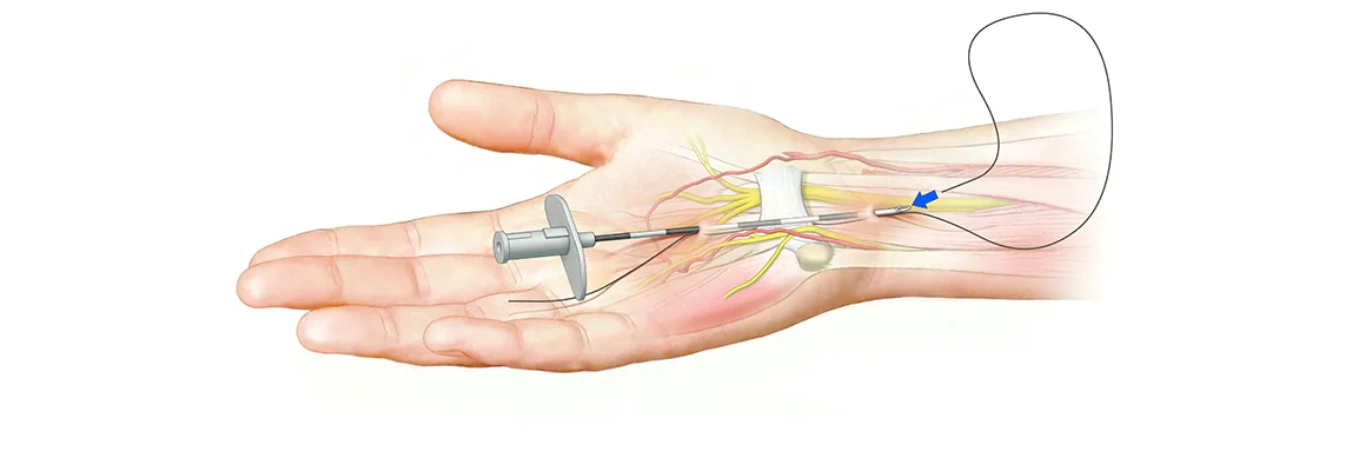Best Treatment Center for Carpal Tunnel Syndrome
At Pilot Heal, we employ state-of-the-art technology to treat carpal tunnel syndrome. Our clinics and affiliated hospitals boast modern infrastructure and cutting-edge medical equipment to ensure safe and effective treatment. We prioritize patient comfort and provide comprehensive facilities for a seamless carpal tunnel syndrome treatment experience.
Our orthopedic experts specialize in advanced procedures, including endoscopic carpal release surgery, a minimally invasive technique performed on an outpatient basis. Carpal tunnel syndrome, due to its impact on a major hand nerve, necessitates timely treatment. Contact us today to schedule a consultation with our orthopedic surgeon and access expert solutions for carpal tunnel syndrome.
What happens during carpal tunnel treatment?
Diagnosis before carpal tunnel surgery
During the physical examination for carpal tunnel syndrome, your physician will inquire about your symptoms, medical history, occupation, and overall health. A meticulous evaluation of your affected hand and wrist will be conducted, involving various tests. These tests may include:
- Nerve Tap and Pressure: Your doctor may tap along or apply pressure to the median nerve inside your wrist to check for numbness or tingling sensations.
- Wrist Flexion Test: Your wrist may be flexed and held in a bent position to assess for tingling and numbness in your hand.
- Sensitivity Evaluation: Using a specialized instrument, your doctor may gently touch your fingertips while your eyes are closed to evaluate their sensitivity.
- Muscle Atrophy and Weakness: Examination for muscle atrophy at the base of your thumb and assessment of weakness in the thumb's base muscles may also be conducted.
Following the physical examination, additional tests may be recommended to determine the extent of the condition and assess median nerve damage. These tests can include:
Nerve conduction test: This test measures nerve signal transmission and can identify issues with the median nerve's signal conduction, providing insight into median nerve damage.
Electromyogram or an EMG: An EMG measures muscle and nerve electrical activity, aiding in assessing muscle and nerve damage.
X-rays: X-rays are used to capture images of dense structures like bones. They may be ordered if wrist function is limited and pain during movement is present, helping rule out other potential causes such as arthritis, fractures, or ligament injuries.
Magnetic Resonance Imaging (MRI): MRI scans offer detailed images of soft tissues, allowing for the identification of alternative causes and abnormal tissues affecting the median nerve. MRI can also help detect nerve-related problems like injuries, tumors, or scarring.
Procedure for carpal tunnel surgery
The surgical procedure for carpal tunnel syndrome is minimally invasive and focuses on relieving pressure on the median nerve. It utilizes an endoscope, a thin, flexible tube with a camera at its tip. A small incision is made in the wrist, through which the endoscope is inserted.
This enables the surgeon to visualize the internal structures without the need for a large incision. Once the ligament is located, a small cutting instrument is introduced to release the ligament, subsequently alleviating pressure on the median nerve and eliminating the symptoms of carpal tunnel syndrome.

